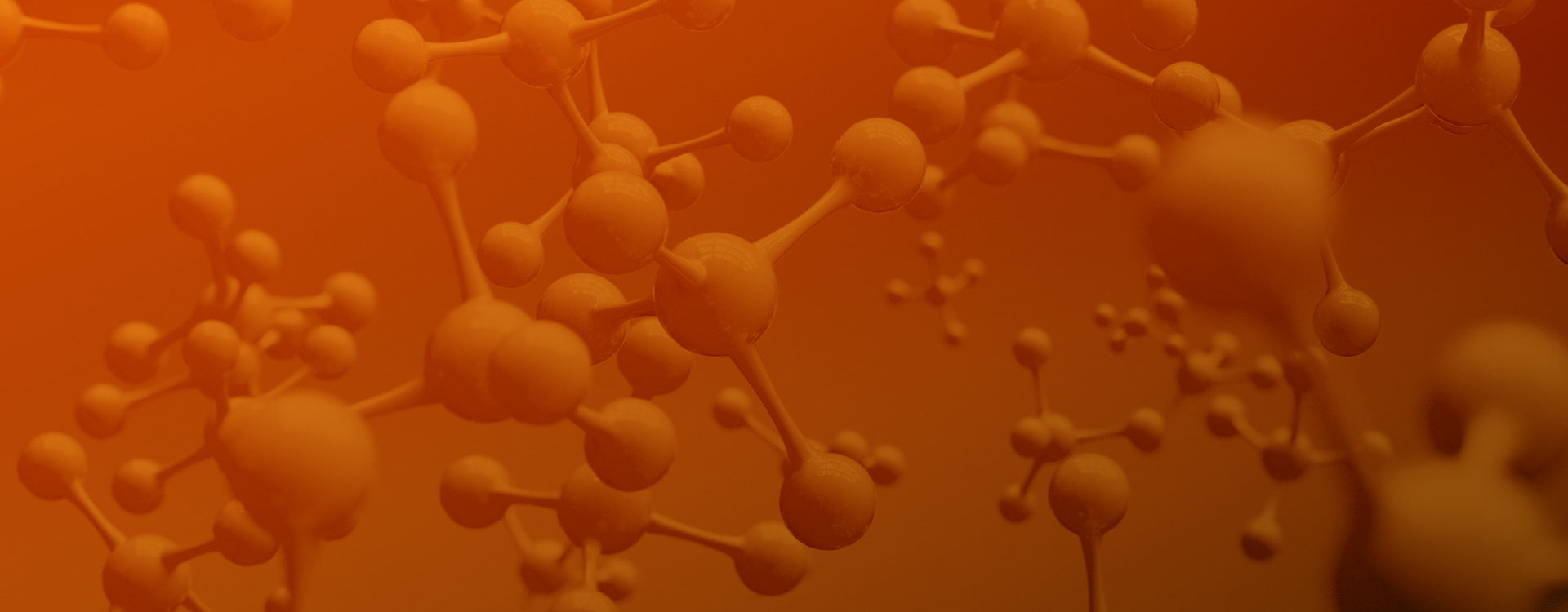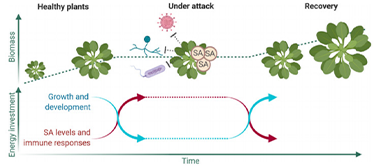
Quantitative Analysis of Phenolic Acids
Quantitative Analysis of Energy Metabolism
Quantitative Analysis of Short-Chain Fatty Acids
Quantitative Analysis of Fatty Acids
Quantitative Analysis of Bile Acids
uantitative Analysis of Trimethylamine Oxide and Related Metabolites
Quantitative Analysis of Amino Acids
Quantitative Analysis of Neurotransmitters
Quantitative Analysis of Organic Acids
Quantitative Analysis of Flavonoids
Quantitative Analysis of Carbohydrates
Quantitative Analysis of Plant Hormones
Quantitative Analysis of Carotenoids
Quantitative Analysis of Tannins
Quantitative Analysis of Phenolic Acids
Quantitative Analysis of Anthocyanins
Phenolic acids are a class of organic acids which contains a phenolic ring

Journal: Trends in Plant Science Impact factor: 14.416 Published date: June, 2020 Published by: Utrecht University, The Netherlands
Plants possess an effective immune system to combat most microbial attackers. The activation of immune responses to biotrophic pathogens requires the hormone salicylic acid (SA). Accumulation of SA triggers a plethora of immune responses (like massive transcriptional reprogramming, cell wall strengthening, and production of secondary metabolites and antimicrobial proteins). A tradeoff of strong immune responses is the active suppression of plant growth and development. The tradeoff also works the opposite way, where active growth and developmental processes suppress SA production and immune responses.
We review research on the role of SA in the growth-immunity tradeoff,which is instrumental in resistance breeding of crops with optimal growth and effective immunity.
 Polyphenol content and antioxidant activity of Australian barley varieties
Polyphenol content and antioxidant activity of Australian barley varieties
 Determination of Australian barley polyphenols (mg 100g-1) by high performance liquid chromatography at 280nm
Determination of Australian barley polyphenols (mg 100g-1) by high performance liquid chromatography at 280nm
The phytohormone salicylic acid (SA) stimulates plant immune responses to a broad range of plant pathogens.SA-induced immune responses contribute to the growth–immunity tradeoff: immune responses actively suppress growth and development and also the other way around, growth and developmental processes can suppress immunity.Immune signaling and growth-related processes directly affect SA biosynthesis and metabolism.
Van Butselaar Tijmen,Van den Ackerveken Guido,Salicylic Acid Steers the Growth-Immunity Tradeoff.[J] .Trends Plant Sci., 2020, 25: 566-576
 © Copyright 2015-2022 Suzhou PANOMIX Biomedical Tech Co.,Ltd
© Copyright 2015-2022 Suzhou PANOMIX Biomedical Tech Co.,Ltd